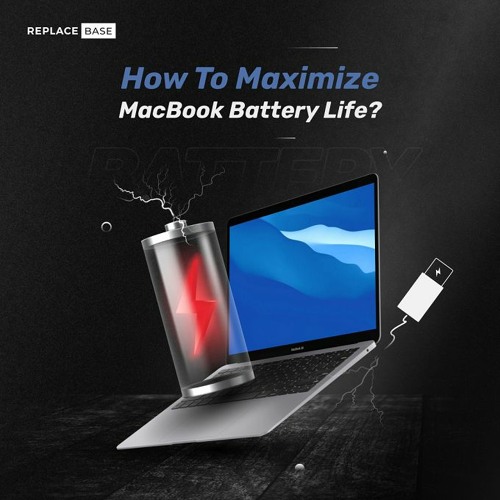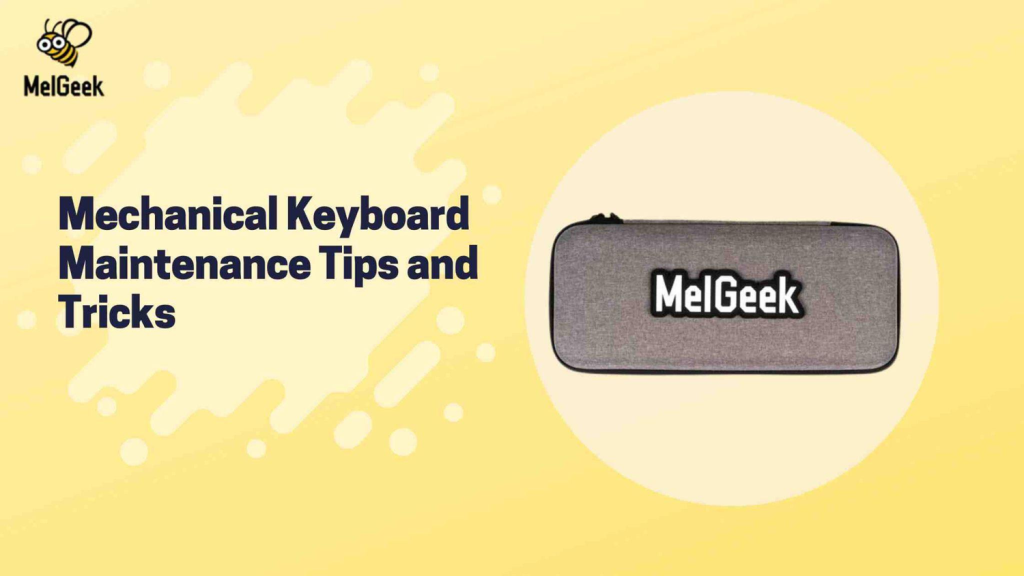

Keeping Your Classic Alive: Fundamental Maintenance Tips for Longevity
Owning a classic car is a rewarding experience, connecting you to automotive history and offering a sense of nostalgia. However, maintaining these cherished vehicles often requires a unique approach. This comprehensive guide will delve into the fundamental maintenance tips crucial for extending the lifespan of your classic car. We’ll explore preventative measures, address common issues, and provide actionable solutions to help you preserve your vintage automobile for generations to come. The structure of this article will encompass preventative maintenance, crucial component care, budgeting strategies, and troubleshooting common problems. Let’s begin exploring how to keep your cherished classic alive and well.
Preventative Maintenance: Proactive Steps to Avoid Potential Issues
Regular Inspections and Checks:
Regular inspections of your classic car, similar to preventative health check-ups for humans, are crucial. These include checking fluid levels (oil, coolant, brake fluid), tire pressure, and inspecting hoses and belts for any signs of wear or damage. Regularly examining the battery’s condition and charging system is also essential to ensure reliable performance. Thorough visual inspections can alert you to potential problems before they escalate into major repairs. A great example of this is monitoring tire wear and pressure, which directly impacts safety and longevity.
Understanding Your Vehicle’s Specific Needs:
Each classic car model has unique maintenance requirements. Refer to your vehicle’s owner’s manual or consult with a knowledgeable mechanic specializing in classic cars to understand these specific needs. Knowing your car’s history and the typical wear and tear patterns will help you create a tailored maintenance schedule. This personalized approach helps identify issues early on, reducing the risk of costly repairs and maintaining your car’s value.
Proper Storage and Environmental Protection:
Proper storage conditions can significantly extend the lifespan of your classic car. Protecting it from extreme temperatures, humidity, and harsh weather conditions is essential for preserving its components. Consider using indoor storage or a climate-controlled garage when possible. Covering the vehicle with a protective cover, especially when not in use, can help prevent dust, debris, and UV damage. These preventive measures are often the most cost-effective strategies for long-term care.
Crucial Component Care: Maintaining Core Functions
Engine Maintenance: Preserving Power and Performance
Maintaining the engine is a top priority for classic car owners. Regular oil changes, using the correct type of oil recommended by the manufacturer, are essential for lubrication and preventing wear. Inspecting the spark plugs and ensuring proper ignition timing is crucial for optimal engine performance. In addition, monitoring the cooling system and ensuring proper operation is essential to prevent overheating. Maintaining the proper fuel pressure and cleanliness of the fuel system will help the engine run at its best.
Transmission and Drivetrain Maintenance: Ensuring Smooth Operation
Regular inspections of the transmission and drivetrain are paramount. This involves checking fluid levels, ensuring proper lubrication, and monitoring any unusual noises or vibrations. Keeping a close eye on the gear shifts and overall drivetrain function is vital for maintaining the smooth operation of your classic car. Pay attention to gear shifting smoothness and any resistance, which could indicate underlying problems.
Brake System Maintenance: Ensuring Safety and Longevity
The safety of your vehicle depends largely on its brake system. Regular brake inspections are vital, checking pads, rotors, and brake lines for wear and tear. Make sure to inspect the brake fluid levels, ensuring that they are within the appropriate range. A properly maintained brake system is critical for both the safety of the driver and the longevity of the vehicle itself. Ensuring brake performance minimizes the risk of accidents or other safety concerns.
Budgeting for Classic Car Maintenance: Planning for the Future
Creating a Comprehensive Budget
Creating a detailed budget for your classic car maintenance is vital for its longevity. Estimate costs for routine maintenance, such as oil changes, inspections, and fluid replacements, and then set aside a dedicated amount each month to cover these expenses. Understanding the typical repair costs for your classic car model will help you plan appropriately. Factor in potential unexpected repair needs and set aside funds as a contingency.
Prioritizing Preventative Maintenance
Prioritizing preventative maintenance is a smart approach for controlling costs. Proactive maintenance can prevent minor issues from escalating into major, costly repairs. By addressing potential problems early, you can save money and ensure the continued operational efficiency and integrity of your classic vehicle. A great way to do this is to establish a regular schedule for maintenance tasks and stick to it as closely as possible.
Seeking Professional Advice and Services
Don’t hesitate to seek professional advice and services when necessary. A qualified mechanic with experience in classic cars can provide expert advice, saving you from potentially costly mistakes. They can diagnose and address complex issues effectively, preserving your classic car’s value and reliability.
Troubleshooting Common Issues: Addressing Challenges Head-On
Identifying Corrosion and Rust: Addressing Common Problems
Corrosion and rust are common enemies of classic cars. Regularly inspect your vehicle for signs of corrosion, paying particular attention to areas susceptible to moisture, such as undercarriage, wheel wells, and body panels. Addressing rust in its early stages is essential to prevent its spread and save you from costly repairs later. Using rust-proofing techniques is another proactive step. Be diligent in cleaning and maintaining your classic car.
Electrical System Issues: Diagnostics and Solutions
Electrical systems in older cars can pose some challenges. Common issues include faulty wiring, damaged components, and worn-out batteries. Diagnose the electrical problem promptly to avoid further complications. If you are not comfortable handling these types of issues, seek professional help from a qualified mechanic with experience in classic cars.
Understanding Component Wear and Tear: Routine Checks and Replacements
Component wear and tear are inevitable over time. Regular inspection and replacement of parts like hoses, belts, and bushings help prevent major breakdowns. Be prepared to replace components as needed, whether it’s due to wear, age, or performance factors. This proactive approach is better than addressing problems when they cause extensive damage. Pay close attention to your car’s particular quirks as they arise.
Restoration and Preservation: Maintaining Historical Value
Preserving Historical Value: Maintaining Original Components
Maintaining the original components of your classic car is essential for preserving its historical value. This includes adhering to the original specifications when replacing parts, if needed. Using correct parts and handling the vehicle with meticulous care helps maintain the vintage look and feel of your classic car.
Restoration Considerations: Balancing Historical Integrity with Modern Needs
If restoration is a consideration, consult a skilled classic car restoration specialist. Balance the need to maintain the car’s historical integrity with the need for modern-day functionality. Discuss with experts what specific restoration is needed.
Finding Support: Communities and Resources
The classic car community offers invaluable support. Join online forums or local clubs dedicated to classic cars to find advice, share experiences, and get help with maintenance, restoration, and more. There are many valuable resources available to you to help you preserve your classic car.
Choosing the Right Tools and Parts
Understanding the Importance of Quality Parts
Using quality parts is crucial. Don’t skimp on parts, particularly for critical components. Choose parts that are compatible with your classic car’s make and model. The cost might be higher initially, but this approach helps ensure your car’s longevity.
Selecting Appropriate Tools for the Job
Proper tools can help ensure a safe and efficient job, enhancing the quality and longevity of the vehicle. This also reduces risk of damage to the vehicle when tools are suitable and used correctly.
Understanding the Importance of Preventative Maintenance
Preventative maintenance helps avoid costly repairs down the road. Following a preventative maintenance schedule will reduce the chances of extensive issues or costly repairs.
FAQs:
Q1: What are the most common issues affecting classic cars, and how can they be avoided?
Answer: Classic cars, often with older technology, can face various issues, including corrosion, electrical problems, and component wear. Regular maintenance, such as periodic inspections, diligent cleaning, and proper lubrication, are crucial for mitigating these issues. Additionally, keeping track of the vehicle’s service history and seeking expert advice can help identify potential problems early on and avoid costly repairs down the line.
Q2: How much does classic car maintenance typically cost, and how can budgeting be done?
Answer: Classic car maintenance costs can vary widely depending on the make, model, and condition of the vehicle. Basic maintenance such as oil changes and filter replacements might be comparable to modern vehicles; however, more complex repairs or restoration work can be quite substantial. To manage costs, create a detailed budget, prioritize preventative maintenance, consider using high-quality, compatible parts, and shop around for the best deals on parts and services. Sometimes, doing some of the simpler tasks yourself can reduce costs significantly.
In conclusion, maintaining your classic vehicle is a labor of love, rewarding you with cherished memories and a well-preserved piece of history. By following these fundamental maintenance tips, you can significantly extend the lifespan of your classic car. Remember to prioritize preventative measures, seek professional help when needed, and celebrate the journey of restoration and preservation. If you’re ready to embark on this classic car maintenance journey, don’t hesitate to explore our comprehensive guides and resources for further support!